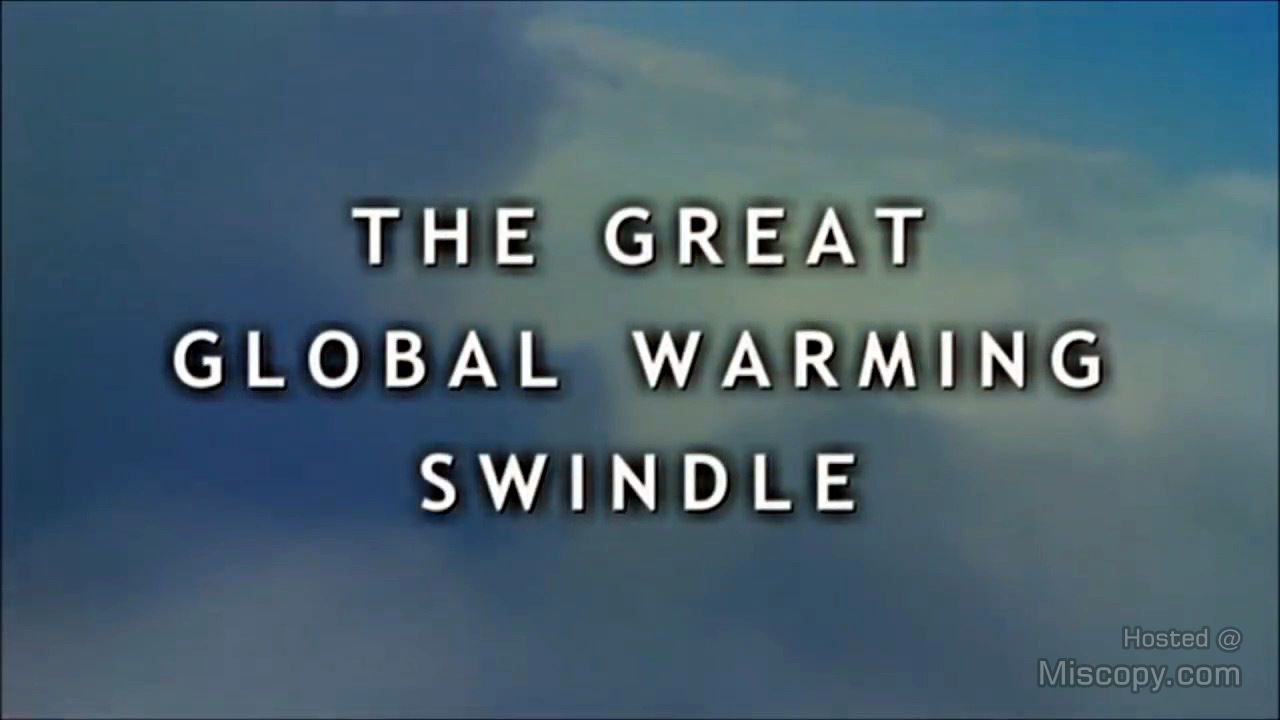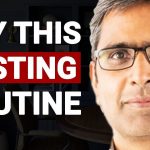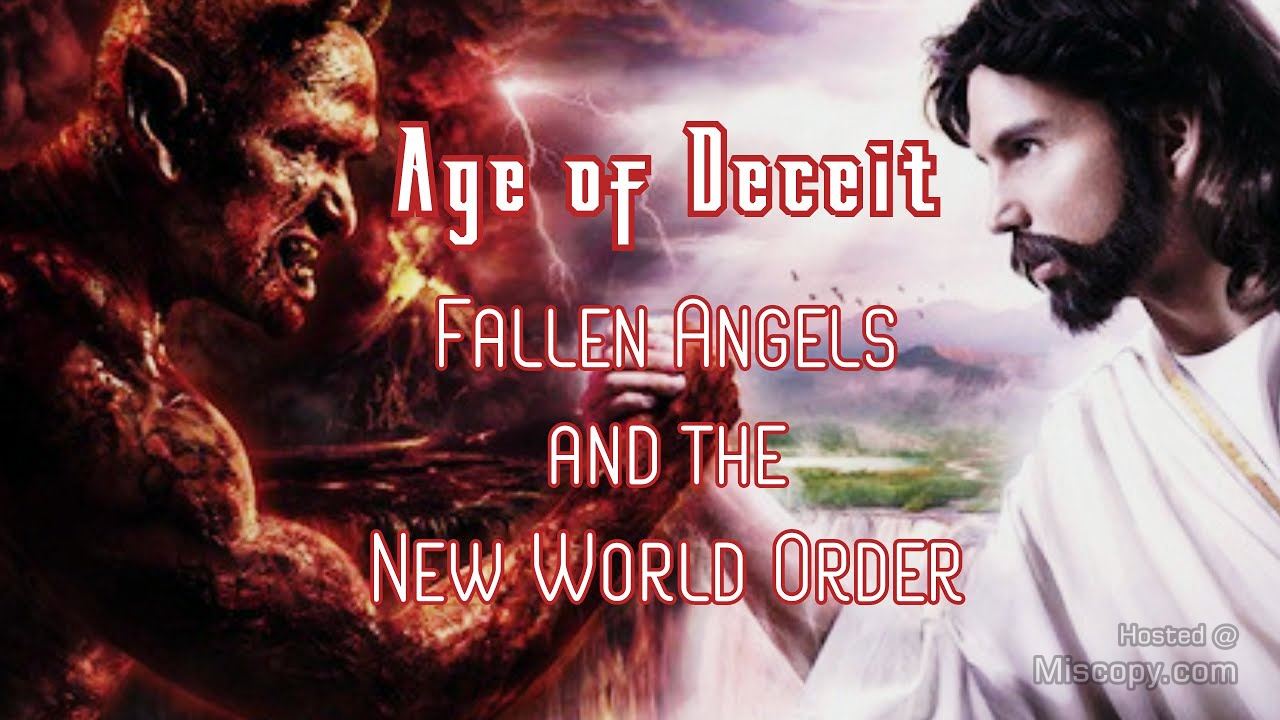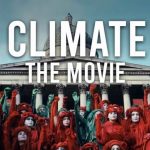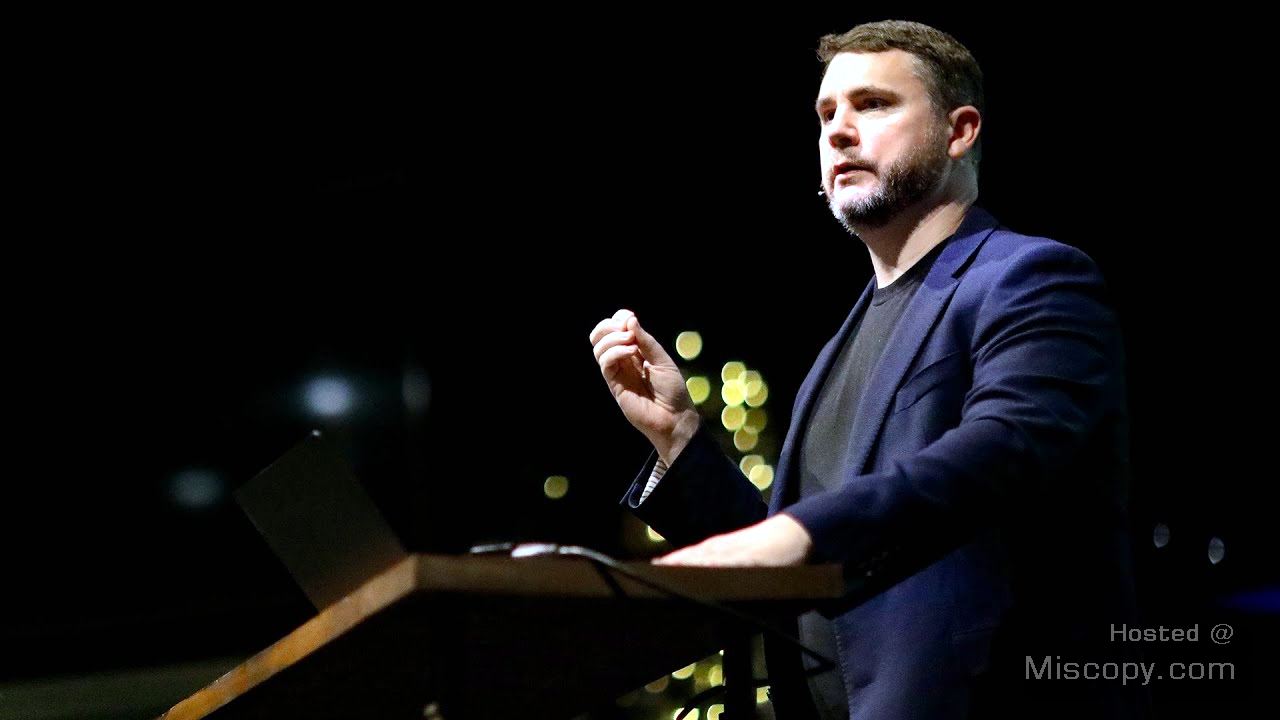“The Great Global Warming Swindle” challenges the widely accepted theory of man-made global warming and highlights the role of politics, fear-mongering for business, and biases in scientific research in perpetuating the idea.
The documentary presents evidence from various experts and datasets that suggest factors such as solar activity and cosmic rays, rather than carbon dioxide emissions, drive climate change. The accuracy of climate models and the role of environmental journalists in sensationalizing the issue are also questioned. The film concludes that open discussion and debate are necessary to accurately understand the causes and potential consequences of climate change.
The video argues that skeptics are not paid by big oil and gas companies and that there is almost no private sector investment in climatology. It also argues that the push for draconian measures to cut carbon emissions may harm the world’s poorest people who have no access to electricity and must use wood or dried animal dung to cook.
Additionally, various climate skeptics criticize the belief that wind and solar power alone can replace traditional sources of energy such as coal, oil, and gas. The documentary highlights the need for reasoned debate about global warming and its impact on society.
00:00:00
In this section of the video, multiple scientists and experts speak out against the belief that human-caused CO2 emissions are the main cause of global warming. They argue that the scientific evidence for this theory is weak and that the idea has been distorted by a politically-driven movement.
People who question the theory are often criticized and silenced, leading to a lack of open discussion and debate. Additionally, it is suggested that the fear of global warming has become a business opportunity for many, and that many people have a financial interest in promoting the idea of a climate disaster.
00:05:00
In this section, the documentary challenges the widely accepted belief that human activity is causing global warming. It argues that the world’s climate has always been changing, and there have been periods when the Earth was much warmer and cooler than it is today, without any involvement from humans.
The film also examines previous warm periods, such as the Medieval Warm Period and the Holocene maximum, and how they enabled different lifestyles, including vineyards flourishing in England. The filmmakers assert that current climate change, though real, may not necessarily cause catastrophic or apocalyptic outcomes, citing the surviving polar bears during much warmer periods in the past.
00:10:00
In this section, the video challenges the commonly accepted theory of man-made global warming by examining the correlation between industrial progress, CO2 production, and temperature. The documentary argues that the rise in temperature occurred before industrial production started to take off, and temperatures actually fell during the post-war economic boom when CO2 production soared.
Furthermore, CO2 forms only a very small part of the Earth’s atmosphere, of which only a small percentage of gases are greenhouse gases, with water vapor as the most important one. The documentary concludes that looking at the troposphere is the only way to determine if recent warming is due to greenhouse gases.
00:15:00
In this section, the documentary explores the greenhouse effect and how the rising temperature of the Earth’s atmosphere challenges the theory of manmade global warming. The documentary presents evidence from two datasets that suggest that the temperature of the upper atmosphere does not increase as predicted by climate models, and rather surface temperatures are warming slightly more than upper air temperatures.
This observation strongly suggests that the hypothesis of manmade global warming is falsified by the evidence. The documentary then questions the famous ice core data presented by Al Gore, pointing out that Gore failed to mention that the relationship between temperature and CO2 is far more complicated than he presents.
00:20:00
In this section, the video explains that the ice core record from Vostok shows that carbon dioxide lags behind temperature increase by 800 years, meaning that the warming produced the increase in carbon dioxide rather than the opposite. The ice core record disproves the assumption that carbon dioxide is causing global warming, and it is shown to be a natural gas produced by all living things.
Humans are not the main source of carbon dioxide in the atmosphere, and volcanoes, animals, bacteria, and the oceans produce much more than all human activity combined. The oceans have a memory of past events running out as far as ten thousand years, and their cooling or warming leads to a change in the amount of carbon dioxide going into or out of the sea with an 800-year lag time.
00:25:00
In this section of the video, the argument is made that the current global warming is not due to human activities, especially carbon dioxide emissions, but rather due to solar activity. The correlation between sunspot activity and changes in temperature on Earth has been observed for over 400 years, indicating that it is the sun, not carbon dioxide, that is driving changes in climate.
It is argued that we can observe the direct and indirect effects of the sun on the Earth and that clouds, in particular, play a significant role in cooling the planet.
00:30:00
In this section of the video, it is explained that early 20th-century scientists discovered that cosmic rays, which originated from exploding supernova far beyond the solar system, bombarded the earth and formed clouds with water droplets. Fewer cosmic rays resulted in fewer clouds, and the earth’s climate was closely linked to this phenomenon.
The temperature record created by geologist Professor Yan Vitek and astrophysicist Professor Nir Shaviv demonstrated that cosmic rays were controlled by the sun, and the sun was responsible for climate change. It was also explained that despite this fact, the media continues to bombard people with news about manmade global warming and why people regard it as an undisputed fact.
00:35:00
In this section of the transcript excerpts, it is discussed how the idea of man-made global warming began to gain acceptance in the 1970s and 1980s, largely due to the efforts of politicians such as Margaret Thatcher and scientists who were funded to research the topic. Thatcher was concerned about energy security and pushed for nuclear power, and later saw the potential of climate change as another reason to support nuclear.
She directed the UK Met Office to set up a climate modeling unit and requested the establishment of the IPCC. The first IPCC report predicted catastrophic consequences from global warming due to man-made carbon dioxide, but some critics at the time pointed out that this report disregarded all climate science up to that point, including the role of the Sun. Environmentalists found the idea of man-made carbon dioxide as a problem to be favorable to their calls to return to medieval ways of living.
00:40:00
In this section of the transcript, it is discussed how the issue of carbon dioxide being tied in with economic growth and industry has become a point of contention for environmentalists. The founder of Greenpeace, Patrick Moore, speaks about how the environmental movement shifted to focus heavily on climate change, partly due to a lack of need for confrontational stances on other environmental issues.
Additionally, the failure of communism led to an anti-capitalist movement adopting green language to propagate their cause. The funding for climate science jumped from $170 million to $2 billion a year in the US as a result of the shift towards concern over global warming. This influx of money has led to scientists being incentivized to include the topic of global warming in their grant applications in order to secure funding.
This has brought into question whether there has been a distortion of scientific effort due to the large amounts of funding being directed towards research in this particular field.
00:45:00
In this section, the accuracy of climate models is called into question. Dr. Roy Spencer, a former senior scientist for climate studies at NASA, explains that models are only as good as the assumptions that go into them, and they are not as reliable as people think. The numerous assumptions in the models are based only on the assumption that human-produced CO2 is the main cause of climate change rather than other factors such as the sun or clouds.
All models regarding climate change are flawed as they only have assumptions and cannot be relied on as a forecast of the future climate. Adjusting assumptions in the models can lead to exciting results and even to more greenhouse warming radiation. Therefore, there is a bias in the scientific community and the media towards dramatic results rather than accurate predictions.
00:50:00
In this section, the video highlights the role of environmental journalists in perpetuating the global warming narrative to preserve their jobs, leading to increasingly shrill and hysterical reporting. However, the scientific basis for blaming every storm or hurricane on global warming is questioned, as every meteorology textbook points to temperature difference between the tropics and the pole as the main source of weather disturbances, and evidence of natural expansion and contraction of the polar ice caps exists.
The slow and long process of thermal expansion, not melting ice, causes sea level changes over the world in general, which can take hundreds to thousands of years for the deep ocean to respond to changes at the surface.
00:55:00
In this section, the documentary challenges the idea that global warming will lead to the northward spread of deadly tropical diseases like malaria. Professor Reiter, an expert in malaria and other insect-borne diseases, points out that the mosquito, which is responsible for malaria, thrives in very cold temperatures, and the disease’s most devastating epidemic occurred in the Soviet Union in the 1920s, reaching up to the Arctic Circle.
The documentary also attributes the hysteria around climate change and malaria to the reports of the United Nations Intergovernmental Panel on Climate Change (IPCC), which Professor Reiter criticizes for containing a lot of misinformation and censored comments of scientists. The documentary highlights the difficulty scientists face when speaking out against theories of manmade global warming, as it is harder to get research proposals funded when taking a public stand, and they are often accused of being paid by private industries, despite not receiving any such funding.
01:00:00
In this section, the documentary delves into the issue of funding in climate science, refuting the common notion that skeptics are paid by big oil and gas companies. Despite the large investment in climate science, there is almost no private sector investment in climatology. Any research project involving industry grants, even minuscule ones, can spell ruin to a scientist’s reputation.
The documentary argues that the developing world is under intense pressure not to develop, as public policy bears down on industrial emissions of carbon dioxide. Furthermore, scientists who dare to challenge the theory of manmade global warming are vilified, publicly attacked and ostracized, while death threats have even been levied against them.
The documentary argues that the environmental movement is a political activist movement that has become hugely influential, resulting in the need for international agreements to restrain industrial production, even if there is an unquantifiable cost to doing so.
01:05:00
In this section, the video argues that the push to prevent global warming through draconian measures that cut carbon emissions may harm the world’s poorest people. Two billion people, a third of the world’s population, have no access to electricity, and they must use wood or dried animal dung to cook, leading to indoor smoke, the deadliest form of pollution in the world, killing millions of women and children.
Meanwhile, environmental groups campaign against cheap sources of energy, such as oil and coal, and campaign for costly and unreliable ones, such as wind and solar power, which are at least three times more expensive than conventional forms of electrical generation. This notion has been criticized by former environmentalist, Holdren, who finds it to be the most morally repugnant aspect of the global warming campaign.
01:10:00
In this section, various climate skeptics criticize the belief that wind and solar power alone can replace traditional sources of energy such as coal, oil and gas. They argue that if we only rely on wind and solar power, we won’t be able to power major industries such as steel or transportation networks.
Additionally, they criticize the modern environmental movement’s romanticization of peasant life and their opposition to development in developing countries. They argue that policies against using coal, oil or gas are “anti-human” and prevent people from developing their countries. The documentary also highlights how the theory of man-made global warming is so entrenched that voices of opposition have been silenced, and that global warming alarmism is beyond reason.
